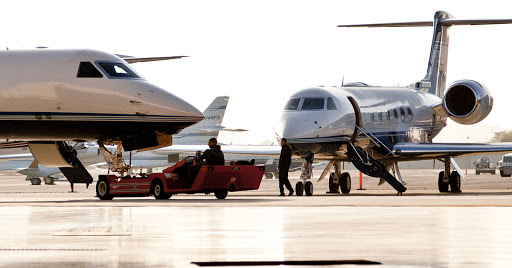
The Federal Aviation Regulations (FAR) are rules recommended by the Federal Aviation Administration (FAA) that oversee all aviation exercises in the United States and are a fundamental piece of basic indoctrination training. Since 1958, these standards have regularly been alluded to as “FAR,” short for Federal Aviation Regulations.
FARs are essential for Title 14 of the Code of Federal Regulations (CFR). A wide assortment of exercises is directed, including aircraft plan and support, run of the mill carrier flights, pilot training exercises, tourist balloons, lighter-than-air aircraft, fake structure statues, lighting and deterrent checking, scale rocket dispatches, model plane tasks, automated aircraft frameworks (UAS), and kite flying. The norms are intended to advance aviation security by ensuring pilots, flight specialists, travelers, and the overall population from pointless dangers.
The FAR is coordinated in segments, called parts, because of their association inside the CFR. Each piece manages a particular kind of movement. Numerous FARs are intended to control pilot confirmation, schools, or aircraft instead of aircraft activity. When an aircraft configuration is ensured utilizing a few pieces of these regulations, it is affirmed whether the laws change later on. Consequently, fresher aircraft are confirmed using later forms of the FAR and, from various perspectives, can be viewed as more secure plans.
FAR Part 135 tends to operational necessities for transport and on-request tasks and principles administering people on board turboprop aircraft with 1-30 seats, non-transport classification turboprop aircraft with 10-19 seats, and transport classification turboprop aircraft with 20-30 seats. Candidates for a FAR Part 135 certificate should utilize in any event one plane. Candidates for a FAR Part 135 Certificate should have restrictive utilization of in any event one aircraft.
FAR Part 135 characterizes a few indispensable jobs. For instance, the certificate holder is the substance that has applied for and holds the FAR Part 135 certificate. In order with basic indoctrination training, the pilot should have at least 1,500 hours of involvement and stay in charge all through the flight.
Section 135 requires the presence of a manual and subtleties that should be remembered for the manual, including mishap announcing techniques and record-keeping prerequisites. Certificate holders are additionally liable for a particular degree of record-keeping in their work environment. Required records incorporate the certificate of activity, execution determinations, clinical certificates, and documents for each pilot.
Likewise, a second in order is required while moving travelers under IFR except if the autopilot utilization is affirmed. A flight orderly is required on aircraft offering more than 19 front seats (barring the pilot).
Test and training techniques are additionally itemized. All pilots should go through periodic testing on all parts of the flight, including (yet not restricted to) the weight and equilibrium of every aircraft, aviation authority strategies, meteorology, acknowledgment and shirking of terrible climate, and instrument capability IFR. Flight specialists should likewise be tried. Certificate holders should have a training program depicted in Part 135, which requires appropriate offices, educators, and test systems. Section 135 also speaks to the subtleties of what the educational program ought to incorporate.
For aircraft travelers’ security, Part 135 of the FAR subtleties traveler data, including smoking techniques, liquor administration, and limitations on who may sit in the pilot’s seat. It likewise subtleties the vital gear, which fluctuates by VFR and IFR.

